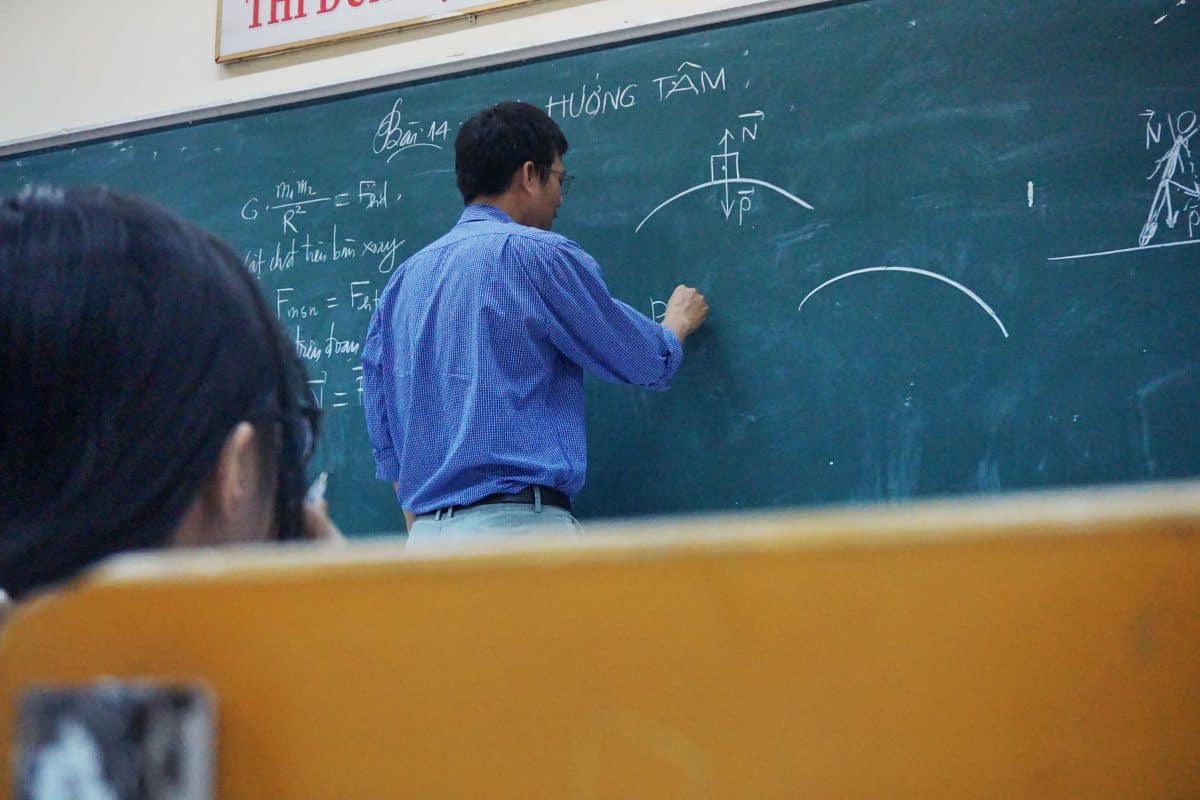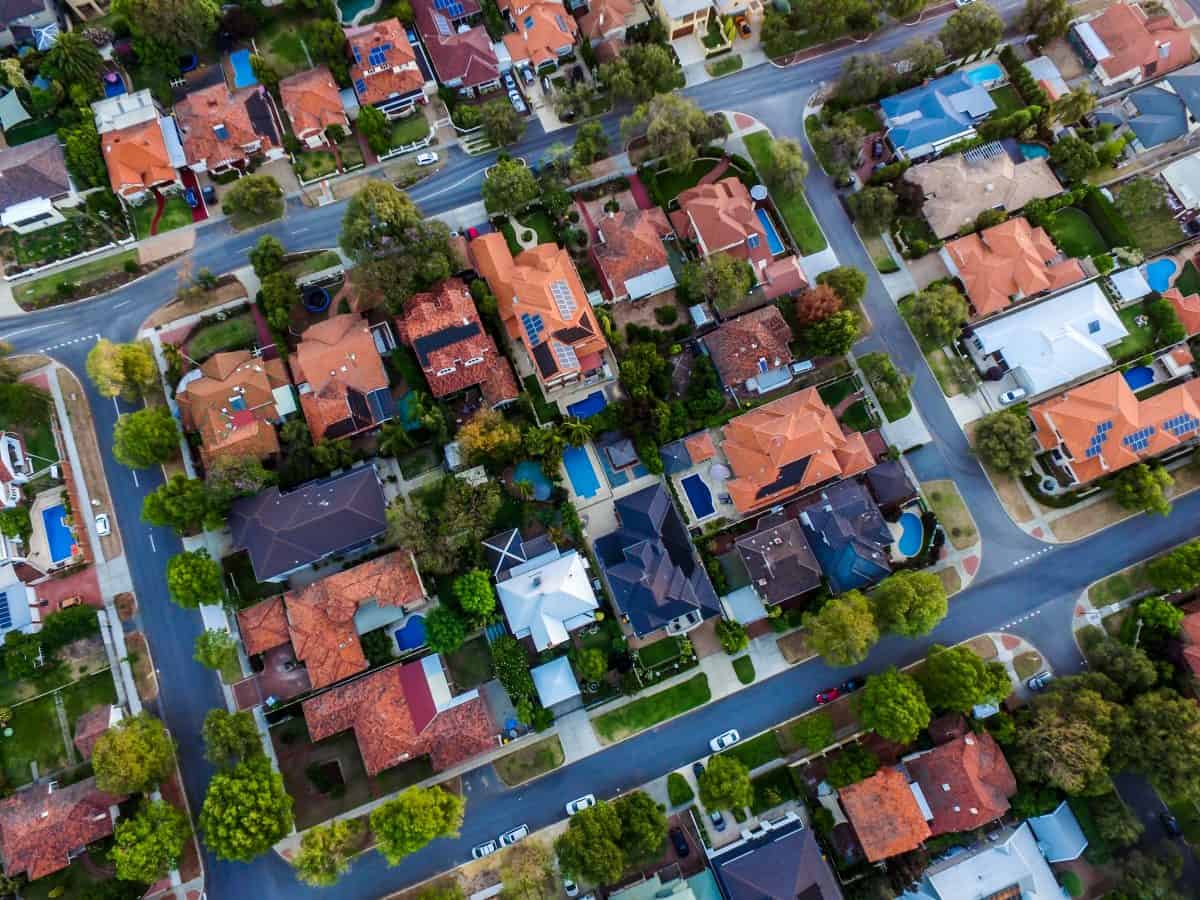Contxto – Cuba’s internet infrastructure may finally join the 21st century with a collaboration between Google and the island’s telecommunications monopoly, ETECSA.

In summary
The big picture: Some would consider Cuba to be a “digital dead-zone” since it has one of the lowest i
All of this could change with Google’s new involvement.
Google and ETECSA signed a memorandum of understanding to formally begin the “peering agreement” process. What this means is that Google and ETECSA will share networks as a direct means to provide faster internet connections and better coverage.
This announcement is bound to make Cuban internet users rejoice. Seeing the recent influx of cyber cafés, public Wi-Fi hotspots, not to mention the two million people with access to 3G networks, things can only go uphill from here.
For example, the Communist-led government won’t need to pay for an intermediary any longer. Instead, they will be automatically directed to Google’s nearest “point of presence” in Southern Florida, Mexico as well as Colombia.
In-depth
Let’s ask ourselves what has historically prevented Cuba from developing a solid i
Geographic technology: Most of the world access the internet through an underwater network of fiber-optic cables. With them, 97 percent of the world’s telecommunication services came from this channel in 2017.
Not in Cuba, however, with its one cable connecting it to the rest of the world. Most nations with maritime borders have multiple connections. Therefore, there are replacements in case of malfunctions.
Price: This sort of technology isn’t cheap or easy to come by. The Cuban government paid around US$70 million in 2013 to connect a 1,600 km (994 miles) conduit to Venezuela.
Prior to this, Cuba depended on satellite technology, which was even pricier. Higher rates mean less access for citizens with limited income and resources. Historically, only elites had the privilege of surfing the web, which only inflated inequality.
U.S. Relations: The U.S. embargo on Cuba didn’t do much to enrich the lives of its 11 million inhabitants. Repercussions still exist today, especially when it comes to the lack of foreign investments.
Based on Cold War rivalries, Cuba has been deprived of ever purchasing telecommunications equipment from the United States, one of the global leaders in IT.
Governance: We also must consider how Cuba’s authoritarian government may not necessarily want citizens to access the internet so freely. After all, the Castro dynasty has a notorious track record for human rights, censorship, propaganda, as well as surveillance.
Officials have also hindered internet expansion to keep “digital dissidence” at a minimum. Cuban users who are critical of the regime have faced harassment and even arrest based on their internet activity.
Conclusion
No matter the country or type of government in power, citizens have an insatiable desire for efficient connectivity. Those who have historically had shoddy internet realize the need for improvement.
-JA






